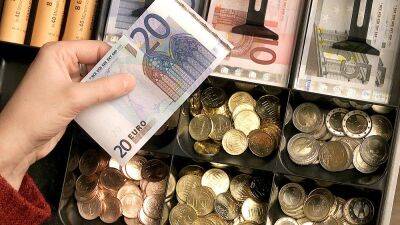Ethereum price 'bear flag' could sink ETH to $2K after 20% decline in three weeks
Ethereum's native token Ether (ETH) has dropped by nearly 20% in the last three weeks, hitting monthly lows near $2,900 on April 19. But despite rebounding above $3,000 since, technicals suggest more downside is possible in the near term, according to a classic bearish pattern.
Dubbed "bear flag," the bearish continuation signal appears as the price consolidates higher inside an ascending parallel channel after a strong downward move (called the flagpole). It resolves after the price breaks out of the channel to drop further.
ETH's price turned lower after testing its bear flag's upper trendline on April 4 and now eyes an extended decline towards its lower trendline near $2,700. If the pattern pans out as intended, the price could drop further, with its target at length equal to the flagpole's height, as shown in the chart below.
As a result, Ether's bear flag setup risks a potential retest of $2,000 in the second quarter.
Ethereum's correlation with Bitcoin and the areas of traditional markets have also increased its downside risks in recent months.
For instance, the correlation coefficient between Ether and Nasdaq 100 was 0.95 this April 19. A coefficient of 1 means that the two assets move in perfect tandem.
Ether price is down by nearly 19% since the start of 2022. Meanwhile, Bitcoin, stock and other riskier markets have also fallen this year as investors assess the Federal Reserve's willingness to aggressively raise rates and reduce its $9 trillion balance sheet.
More or less, ETH's fall comes primarily due to sentiments that there would be less cash available to purchase riskier assets.
Related: Here's how Ether options traders could prepare for the proof-of-stake migration
Nonetheless, speculators remain hopeful about a
Read more on cointelegraph.com





















